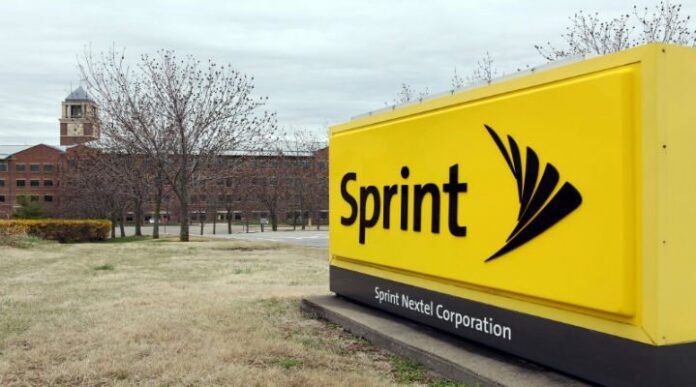T-Mobile US potential template for Sprint turnaround
Over the past several months, few would argue the hectic pace of change coming out of Sprint’s marketing department. The carrier has seemingly launched a new rate plan every week, each promising greater value for consumers if they will take the “new” Sprint for a spin.
The latest move came out earlier this week when Sprint announced its “Cut Your Bill in Half Event,” something that was not really an “event,” but did promise to provide current AT&T Mobility and Verizon Wireless customers with significantly lower monthly bills if they would also accept a new mobile operator.
Speaking at the Bank of America Merrill Lynch Leveraged Finance Conference this week, Sprint CFO Joe Euteneuer acknowledged that the carrier was somewhat forced to become more aggressive in the market as it needed to turn around its sagging customer fortunes. Euteneuer specifically noted T-Mobile US’ offer earlier this year to buy out early termination fees of customers switching to T-Mobile US. That move impacted Sprint’s precious postpaid, smartphone customer base.
Euteneuer noted that the latest offer follows the path of its previously launched “double the data” promotion that provided customers with shared data buckets twice the size of what was being offered by AT&T Mobility and Verizon Wireless, but at the same price.
When asked why Sprint did not target T-Mobile US with its latest offering, Euteneuer explained that the majority of “prime” customers were at AT&T Mobility and Verizon Wireless, thus that was where the pointed end of the carrier’s attack was focused.
Echoes of T-Mobile US
It’s hard to believe now, but two years ago T-Mobile US was in a similar situation that Sprint is facing today. The carrier was hemorrhaging lucrative postpaid customers; was hampered by a sub-par network; and lacked a marketing edge against its larger rivals.
However, instead of throwing in the towel, T-Mobile US brought in new leadership and took the financial gamble to become more aggressive in the space. The carrier’s first volley was the launch of its Simple Choice rate plans that un-coupled device subsidies from postpaid contracts. The Simple Choice launch was bolstered by the carrier also finally offering Apple’s iPhone product line. The carrier followed that up with its JUMP upgrade program and subsequent “Un-carrier” moves.
Helping T-Mobile US power these offerings was its rapid deployment of LTE services, and acquisition of MetroPCS that, combined with its break-up fee from the failed AT&T acquisition, provided the carrier with a substantial spectrum portfolio.
Sprint’s well-known and acknowledged network issues appear to be coming to an end, which when combined with its Spark plans tapping into its 2.5 GHz spectrum holdings should allow the carrier to be confident in keeping consumers should they switch. Euteneuer noted that the carrier’s 1.9 GHz-powered LTE services had recently reached 260 million potential customers covered, with the carrier moving aggressively to add LTE support in the 800 MHz to further expand coverage.
The main short-term issue remaining for Sprint is the cost expected to come with its aggressive marketing approach. The carrier’s recent quarterly results show the initial financial strain of its efforts, which Euteneuer explained could continue. Sprint has yet to release earnings expectations for next year, something that the financial community is eager to hear.
T-Mobile US has subsequently tapered down the costs associated with its more recent offers, which was necessary as despite the carrier’s robust growth its bottom line continued to suffer.
On the positive side, Sprint’s owner Softbank seems willing to at least help fund the marketing moves, with Softbank Managing Executive Director Yoshimitsu Goto telling the investor conference that the Japanese-based company could provide more capital support if needed. Sprint is looking to remove that need by announcing plans to curtail capital expenditures in 2015, a move the carrier said would be possible by tapping into the network deployment expertise and scale provided by Softbank.
“It’s really a result of better deployment, more efficient deployment, being on time and getting better rates,” Euteneuer explained, following questions on how the carrier can bolster its network while at the same time cutting costs.
Sprint has also announced plans to cut jobs in an attempt to better align its current workforce with operational performance. Those moves are expected to boost the bottom line, but risk damaging employee morale at a time when the carrier is looking to provide a new face to consumers.
There is no doubt that the challenges in front of Sprint remain significant, but as T-Mobile US showed, there is a way through the morass. Will Sprint’s latest moves provide a T-Mobile US-like turn around? That remains to be seen.
Bored? Why not follow me on Twitter i>

